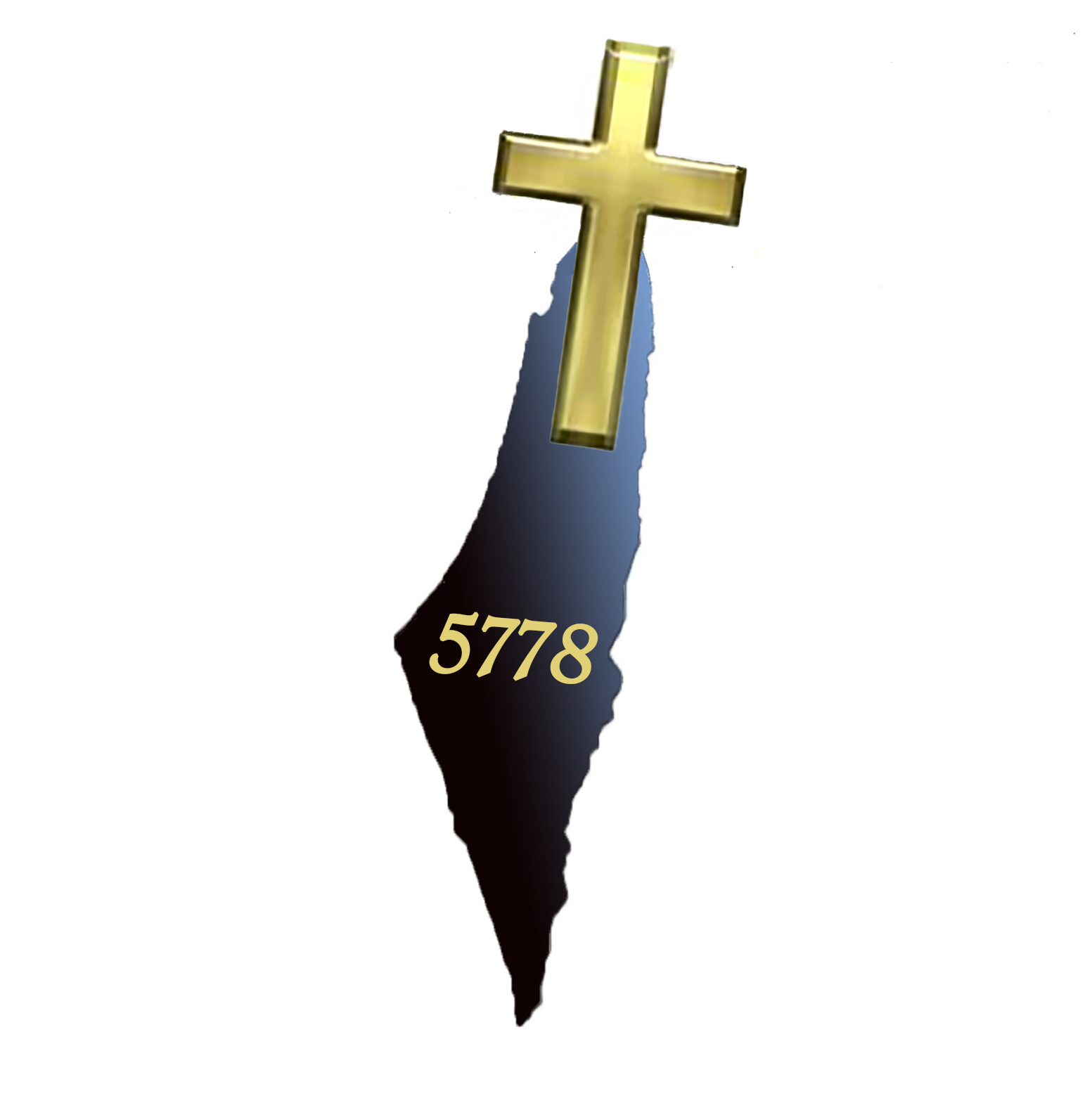Bible Battle #20 – C. 1250 BC
Bible Battles. Kishon River is where Deborah and Barak defeat Sisera commanding the Canaanites. This Bible battle in northern Canaan is another example of the Israelites striking the Canaanites before he struck them. The Judge of Israel Deborah places General Barak to defend the Israelites from King Jabin of Hazor and his chariots. Jabin loses the fight tragically and is killed with a tent peg to his temple!
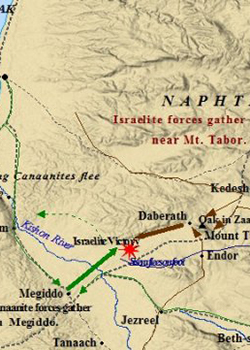
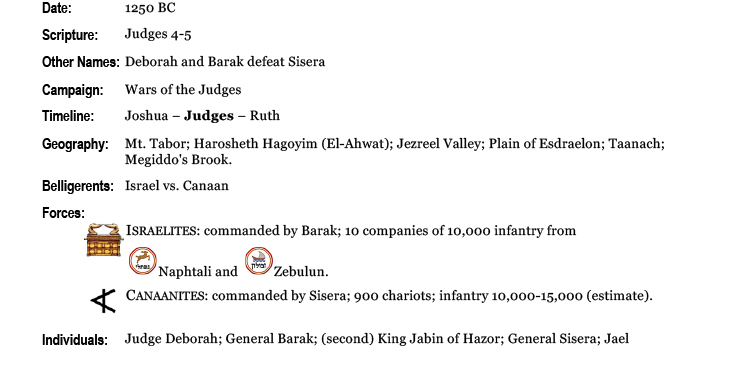
 Bible Battle BACKGROUND
Bible Battle BACKGROUND
Kishon River
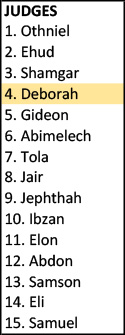
Beginning prosperity in the Promised Land
At this point in their occupation of Canaan, the Promised Land began, slowly to be the land of promise. It could have happened much earlier if the people of God had followed Him uninterruptedly. Nonetheless, the clearing of forests from the Jezreel Valley opened trade routes. These routes were to run between the earlier eastern tribe settlements and the western shipping terminals of the Mediterranean coast as required by the tribal allotment predestined by the Father.
The tribe of Zebulun (which would take part in this Bible battle) was, after all, a trader by nature and required access to the sea routes through the Plain of Esdraelon. This region was then still frontier land populated with unfriendly peoples, and it cut the northern part of the Promised Land in half – with Zebulun and Naphtali to the east and Asher to the west.
The organizing force of this adversary was the kingdom of Hazor under King Jabin 1
Canaanites under King Jabin of Hazor
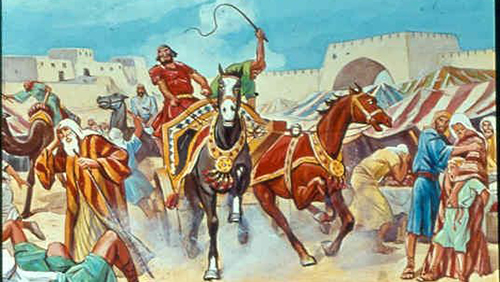
After Ehud and Shamgar, unlearning and unrepentant, the people of Israel went back into sinful lifestyles. For this God again delivered them to a leader to their measure. So it was that King Jabin of Canaan ruled over them with cruelty. This was most likely a descendant of the other King Jabin that had gone to war against Joshua at the Bible Battle of the Waters of Merom one hundred and fifty years before. There is no confusion; it is clear that Scripture is speaking of two different Jabins – one at the time of Joshua and the other at the time of Deborah and Barak. 2
 NOTHING NEW UNDER THE SUN
NOTHING NEW UNDER THE SUN

In very recent history, Republican American President George H W Bush defeated dictator Saddam Hussein from Iraq in battle. Shortly after, Republican American President George W Bush defeated dictator Saddam Hussein from Iraq in battle. Notice there is nothing but a letter “H” separating both sentences. If this is all we had to go by in some report, without knowing much else, we would assume the two accounts spoke of the same battle, mainly when both accounts are contemporary with each other (12 years apart). In fact, as we know, they are separate battles launched by separate commanders in chief (albeit against the same enemy), one in 1991 and the other in 2003 (by Bush father and son respectively).
Archaeologists found a tablet from the Bronze Age mentioning King Yahni-Addu. The only other place where he is mentioned is in the Bible (under the biblical name “Jabin”). This is important to mention as a rebuttal to those insisting, particular Muslim extremists, that this period of Israelite settlement in Canaan is a fabrication.
The people fell back into sin. God removed His hand of protection and Canaanite King Jabin cruelly rulled over Israel.
Judges 4
Canaanite strength in ancient warfare
The Canaanite modus operandi in war zones was to patrol the plains and low hill regions with their fast moving chariots. This would keep the Israelites (and other raiders) from settling permanently or from significantly disturbing Canaanite trade routes along Jezreel Valley.
Although the Canaanite kings had formidable strongholds in their fortified cities, they would not be able to actively defeat the Israelites by stating behind their walls. On the other hand, due to their low morale brought on by wavering from God’s ways, the Israelites did not have the same confidence to attack the Canaanite cities as they had in the initial campaigns by Joshua.
Wherefore, for either foe to defeat the other, he would have to draw him into an open pitched battle.
The Canaanites had their capital at Hazor at this time. The Canaanite army was commanded by Sisera out of Harosheth Haggoyim. As in any military force, the infantry must have made up the bulk of the Canaanite numbers, so there is no purpose mentioning it. We merely assume that it is the case. So historians – and the Bible is no exception – tend to mention only those troop units or branches of the army that deserve particular emphasis.
Here we are told of a force of 900 chariots. At that time, any opposing force lay at the mercy of this powerful Canaanite weapon when confronting them in the open field.
 Bible Battle PRELUDE
Bible Battle PRELUDE
Kishon River
Deborah and Barak – the Army of God
Deborah was the single female judge out of the 13 that Israel had. Her court was set up in Deborah’s Palm between Ramah and Bethel in the hills of Ephraim.
At no point do we see any of the judges rallying all of the tribes for battle. Either the Israelites were too disorganized to work together (as they had done during the Exodus from Egypt) or each conflict naturally attracted the tribes in the surrounding areas to the battle.
At one point she tasked Barak, son of Abinoam, with striking back at King Jabin of the Canaanites. Deborah either recognized the mantle upon Barak to command the army, or she received direct revelation. So great was Deborah’s stature as a leader that Barak placed a condition over his commission: he would only move if Deborah joined him in battle.
Deborah and Barak fought the Canaanites under Sisera, which had a deadly force of 900 chariots, unbeatable in open terrain.
Judges 4
Deborah and Barak’s initial movements
- Deborah and Barak occupied Kedesh and gathered forces from Zebulun and Naphtali. The Canaanite army under Sisera moved to meet them in force.
- The Israelites feigned a retreat to Mt. Tabor.
- Sisera took the bait and moved further east in pursuit where Deborah and Barak attacked them.
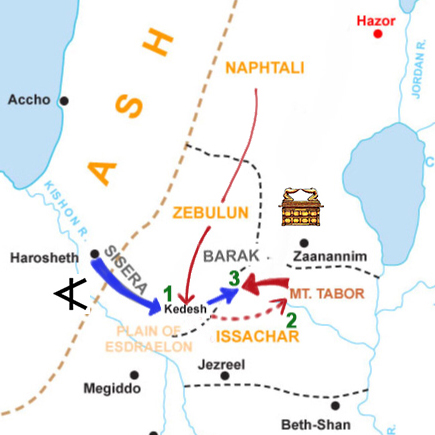
Deborah and Barak take the high road – deceiving the Canaanites
Deborah and Barak set up a forward command at Kedesh 3, in the region of the Plain of Esdraelon. Barak gathered ten companies of soldiers from the tribes of Naphtali and Zebulun for his main army. Deborah herself would command a part of the attack force.
As soon as the forces were assembled, they turned back towards Mt. Tabor. The Plain of Esdraelon was the prize. The victory would be to the army that held it. By abandoning their position in Kedesh, at the centre of this region, it looked like the Israelites were giving up in fright, as they left the open ground and sought refuge in the heights of Mt. Tabor.
Military Intelligence at Kishon River – Heber informs Sisera
Heber was of the semi-nomadic tribe of the Kenites. The Kinates were descendants of Hobab, Moses father in law, and were traditionally favourable towards the Israelites. However, in this case, Heber sided with the Canaanites and betrayed the Israelite positions on Mt. Tabor to Sisera before the battle.
In reality, this may have been a trap! It is possible that Heber was, in fact, a disinformation agent sent by Deborah and Barak all along.
 NOTHING NEW UNDER THE SUN
NOTHING NEW UNDER THE SUN
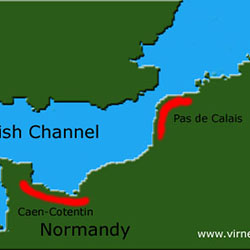
In the months preceding Operation Overlord, the Allied invasion of Nazi Occupied Europe in June 1944, two brilliant deceptions were put in place by the allies. The first was that the allied amphibious landings would take place in the more obvious sector: Pas de Calais. The other was that it would be led by their most aggressive General: George S Patton. Both of these were false. In reality, Normandy would see the allied attack, and leading it, would be Field Marshal Bernard Law Montgomery. The disinformation had been planted in the heart of the Nazi intelligence by a series of clever ploys which included disinformation agents.
Canaanite military strategy before the battle of Kishon River
Upon receiving Heber’s report information, Sisera immediately left Harosheth Haggoyim with his entire chariot force of 900 eastward along the Kishon River. Sisera pitched his forces in a plain southwest of Mt. Tabor. This was a lousy layout because the ground was already marshy with a propensity for mud. Any additional humidity would leave chariots in a precarious position should Barack’s troops decide to pre-emptively move against them.
In a typically biblical fortuity, an almost identical maneuver happened with the former King Jabin when he prepared to attack Joshua at the Waters of Merom. In that Bible battle, the chariots were dangerously parked by the waters and helpless against an imminent Israelite attack that the Canaanites did not know was about to take place.
Deborah and Barak’s manoeuvre towards Mt. Tabor was a feigned retreat. Instead of resulting in the Canaanite taking the disputed land as a win, the Israelite troop movement prompted Sisera to take a killing ground picked by Deborah and Barak. Mt. Tabor was clearly the only place in the region where the Israelites were safe from the deadly Canaanite chariots. The Israelite troop movements could clearly indicate nothing else than:
(a) they were afraid to confront the Sisera on open ground and
(b) they took up defense on the closest mountain and would not leave until the danger had passed.
In reality, the Israelites were not holding up in Mt. Tabor in defensive positions. They were ready to charge down to attack the Canaanites at the best opportune moment.
 Bible Battle REPORT
Bible Battle REPORT
Kishon River
- God’s Army attacked. Barak led the charge down from Mt. Tabor to occupy the open marshy lowlands to the west of Kishon River.
- On seeing the Israelite advance, Sisera’s Canaanite army moved into battle position, with the chariots in front of the infantry.
- Unexpected torrential rain just before the Canaanite attack – which may have caused the river to overflow – bogged down the chariots. With his spearhead blunted by the weather, Sisera had just lost his initiative.
- The Israelite foot soldiers, without chariots, became more manoeuvrable and agile than the Canaanite chariots, which were not meant for close quarter combat.
- Sisera’s ground forces were still a force to be reckoned with, but by now, the advantage had passed to Deborah and Barak. The Canaanite infantry did not expect to have to take the brunt of the fight and were not effective in moving forward to relieve the embattled chariots. Deborah’s contingent sustained the initial assault and counterattacked successfully, splitting the Canaanites in two.
- The Canaanite soldiers fled; the Israelites killed many by the river crossing and routed the rest.
- On the other side of the battlefield, Sisera panicked and jumped off his chariot. His units, detached from the rest and dispersed in different directions. Fighting continued at Taanach and Megiddo’s Brook until all the Canaanites were massacred to the last man.
Sisera’s mental preparedness was based on his chariots placed in front of his troops for fast attack; he was not ready for traditional combat.
Judges 4
 Bible Battle AFTERMATH
Bible Battle AFTERMATH
Kishon River
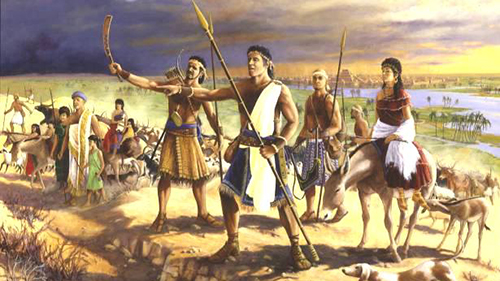
The Israelite victory over Sisera expelled the Canaanites from the area, ensuring peace for forty years and connecting both halves of the Israelite territory in the Promised Land.
Spiritual weapons – the song of Deborah
The effect of the Bible Battle of Kishon River is evident in the statue it holds in Scripture, both in length and in the description. Judges 4 reports the battle, while Judges 5 glorifies it eternally in the Song of Deborah. Rarely is a battle immortalized poetically as Kishon River is.
Deborah prophetically told Barak it would be a woman which would ultimately defeat Sisera.
Judges 4
Sisera defeated on death ground
The spot where Sisera’s Canaanite army chose to do battle was Harosheth Haggoyim. This location was the choke point on the path between the Jezreel Valley and the Mediterranean Sea. If the Canaanites were defeated elsewhere, there might still be a chance that they could hold control over this position. In that case, the Israelites would not have unobstructed access to the Mediterranean and its trade routes.
By destroying Sisera at this point, the Canaanites had no more significant territory left to hold in northern Canaan. It is probable that the reason the Canaanites would not abandon their chariots and fight on a more favourable ground was that of the strategic importance of holding this ground. Sisera knew what was at stake and that he must not let the area fall into Israelite hands or they would control the entire region. The importance of the geography is what makes Kishon River one of the decisive Bible Battles and such a desperate last-ditch attempt for the Canaanites to hold their command of Jezreel Valley.
Death of Sisera – the tent peg
Since Heber had betrayed his allies and joined the Canaanites, Sisera assumed he would find sanctuary in his camp. Unfortunately for him, Heber’s wife Jael did not condone her husband’s treachery and murdered Sisera with her tent peg. Having already suffered the disgrace if abandoning his forces to retreat, this was a humiliating end to a commander of the mightiest army in the land at the time.
With the cream of his military gone, King Jabin’s remaining forces were defeated. The Hebrews most likely cut off and isolated increasingly smaller pockets of Canaanite resistance and destroyed them.
Deborah and Barak – flukes of fate
The battles of Waters of Merom and Kishon River must gather the higher number of unintentional coincidences present in any two Bible battles.
Both battles saw:
- A Canaanite King named Jabin from Hazor.
- A north-south movement of massed Canaanite chariots unbeatable in the open field.
- The Canaanites thoughtless encampment of their chariots in an insecure terrain by a body of water the night before the main action.
- The Israelite forces launch an all-out preemptive all-or-nothing assault on the Canaanites.
 NOTHING NEW UNDER THE SUN
NOTHING NEW UNDER THE SUN
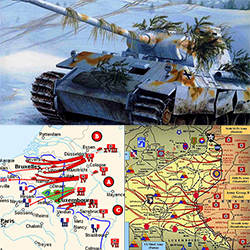
In May 1940, the German Wehrmacht invaded France through a most unexpected route: the Ardennes Forrest. In six weeks France surrendered. In December 1944, in an attempt to stem final defeat Hitler chose the same sector, the Ardennes, to launch another major offensive. Germany’s great gamble, which became known as the Battle of the Bulge, was to be her last initiative in World War II. Nevertheless, the point is that the Nazis managed to catch the Allies off guard in the same fashion, in the same region, twice during the same conflict.
The Canaanites went to rescue the chariots under attack and neglected their main mission of hand to hand fighting.
Judges 4
 PRAISE & WORSHIP
PRAISE & WORSHIP
“Blessed be the Lord our God who gives us
 SPIRITUAL WARFARE
SPIRITUAL WARFARE
Kishon River
Spiritual Warrior – Deborah’s measure of faith
The fact that Deborah mentioned to Barak that he could get the glory if he went on his own showed two things:
- She had faith that God would grant them success in battle.
- She knew that victory would come irrespective of her presence in the fight. God was going to deliver the Israelites through whoever He had appointed to lead His people. Deborah did not have faith in Barak directly, but had faith in God through Barak.
Spiritual Warrior – Barak’s measure of faith
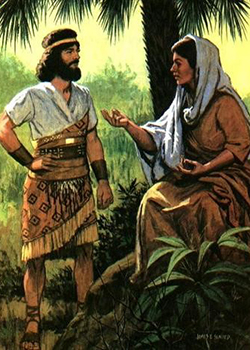
When Barak asked Deborah to join him in battle, she told him that he would not get the individual recognition that way. Whether Barak was motivated by fear or by national zeal, he decided to forego his credit for victory by asking for Deborah’s personal involvement. Deborah made the tradeoff very clear to her general.
Barak had all the authority to fight that came from Deborah who, in turn, received her authority from God.
Sometimes God tells us to do something, and we say yes but we require additional encouragement. God’s highest flow is for us to rely entirely on Him. As believers, we have authority to defeat the enemy on our own.
Matthew 8:9 For I am a man under authority, having soldiers under me: and I say to this man, Go, and he goeth; and to another, Come, and he cometh; and to my servant, Do this, and he doeth it.
Sin, disease, poverty, fear, oppression has already been defeated by our Lord Jesus Christ. We can use his name and go into battle strengthened by his authority. When a preacher calls people up for a healing service, they go according to the measure of their faith. Sometimes an unsaved person goes up, and they require that point of contact. The laying of hands serves as a point of contact to expose a person to God’s power and help them receive their healing. However, the mature Christian should tap into the power that he knows resides within him since the moment he was born again.
Luke 9:1 Then he called his twelve disciples together, and gave them power and authority over all devils, and to cure diseases.
Luke 10:17-19 [17] And the seventy returned again with joy, saying, Lord, even the devils are subject unto us through thy name. [18] And he said unto them, I beheld Satan as lightning fall from heaven. [19] Behold, I give unto you power to tread on serpents and scorpions, and over all the power of the enemy: and nothing shall by any means hurt you.
POINT
God rejoices when we use the entire measure of faith at our disposal. When in Matthew 8 Jesus speaks to the centurion who asks for healing for his servant, Jesus offers to go to his home, but the man recognizes that Jesus’ word is sufficient and carries enough authority to do the work. He goes back, without a Jesus, and his servant is healed. Jesus is exultant with the man’s faith:
Matthew 8:10 […] Verily I say unto you, I have not found so great faith, no, not in Israel.
Bible Prophecy – Picking the right tree

There are two trees mentioned in this episode. The palm tree where Deborah sat under and the terebinth (Pistacia palaestina) under which the traitor Heber sat. The palm tree has remarkably delicate foliage compared to the terebinth, which offers much better protection from the sun. The parallel with the armies in the field is curious. The Canaanite forces were seemingly superior to the Israelites. While it was under the terebinth that Heber chose to settle, it was Deborah, under the lighter palm tree that prevailed.
Jael blessed among women
There are two possibilities concerning the fascinating roles played by Haber and his wife, Jael.
Explanation A – Haber was a traitor
Jael did not oppose her husband Heber when he made a deal with the Canaanites. She was the obedient wife and proper hostess to the end, welcoming the defeated Sisera to her home. When she had the chance, she killed him. Maybe Jael figured that support for a defeated Canaanite warrior was a lost cause or maybe she recognized and was drawn to the righteousness of God’s people. Either way, her actions were received as honourable by the Israelites in the Song of Deborah.
Explanation B – Haber was an ally
The strategic success of this Bible battle hinged on Sisera thinking that the Israelites had fled to Mt. Tabor. It was Heber who had facilitated this information to the Canaanite general. There is then a chance, of course, that Heber was in on the Israelite plan and was part of the trap. We may never know. Either way, regardless of his motivations, the outcome was favourable to the Army of God.
The God of War – God’s ways
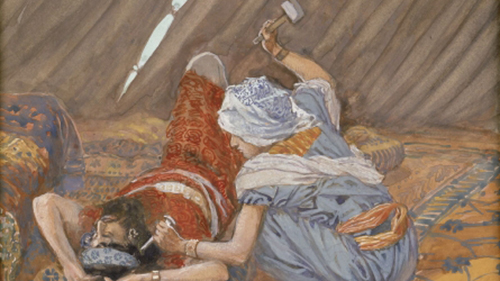
Deborah warned that Barak was forfeiting glory by asking for help and prophetically proclaimed that a woman would ultimately defeat the Canaanites. Barak could, understandably, assume that she meant herself, Deborah. In fact, the author of Sisera’s nemesis was a most unlikely candidate: Jael.
We do not often know how God will work, nor should we concern ourselves wi those details. Indeed, the Devil is in the details. When we are believing for God’s intervention and see natural evidence of the contrary that should not deter us.
Romans 3:3-4 NKJV [3] For what if some did not believe? Will their unbelief make the faithfulness of God without effect? [4] Certainly not! Indeed, let God be true but every man a liar. As it is written: “That You may be justified in Your words, And may overcome when You are judged.”
Focusing primarily on natural signs can hurt out faith. For then we are pushed about by the facts we see, instead of the truth we know. God can have a much different way of coming through for us. What matters is that He does come through. His truth is often beyond human understanding.
1 Corinthians 1:25 NKJV Because the foolishness of God is wiser than men, and the weakness of God is stronger than men.
 Bible Battle ON LOCATION
Bible Battle ON LOCATION
Kishon River
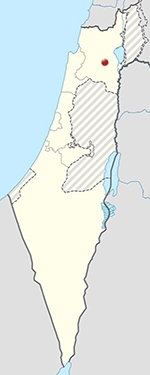
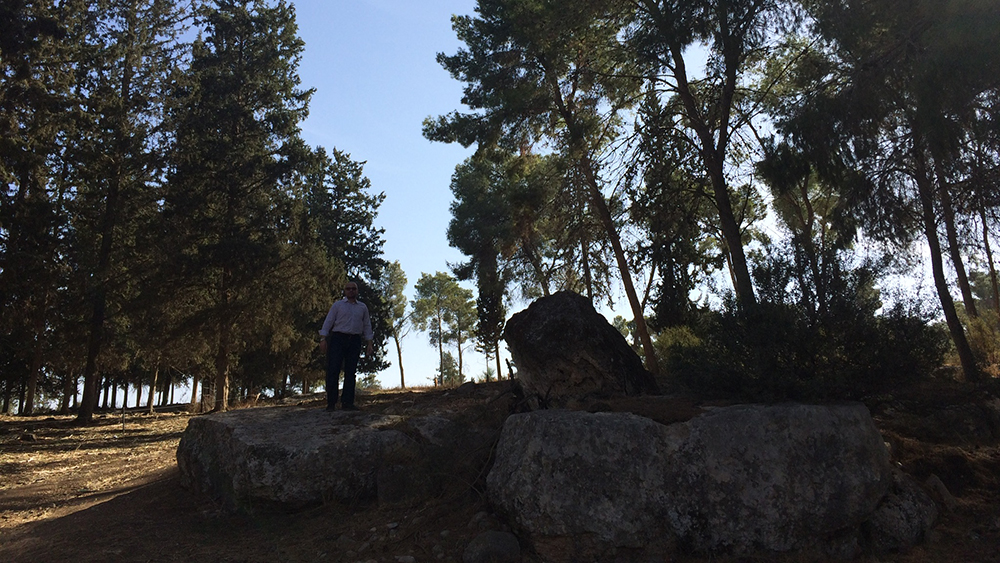
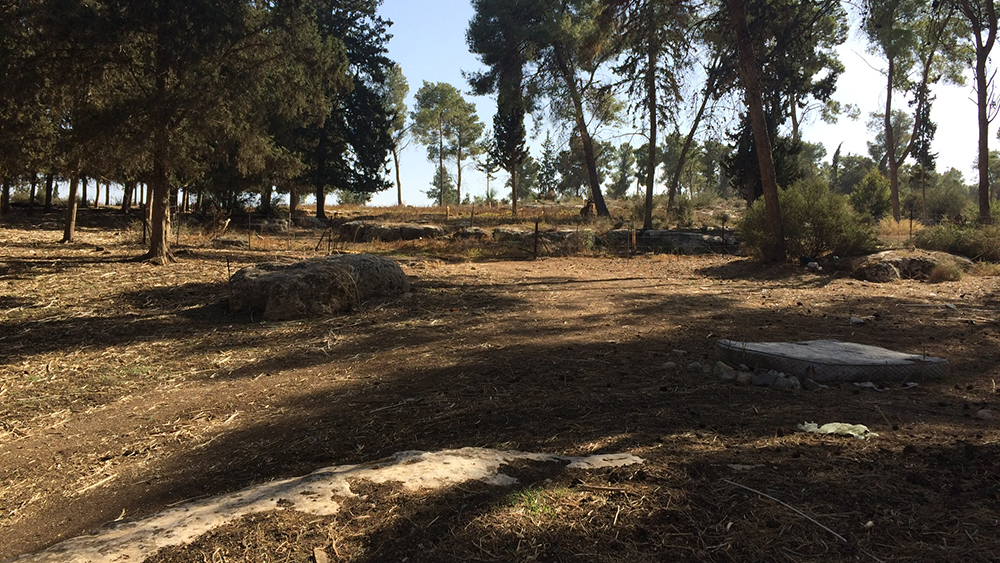
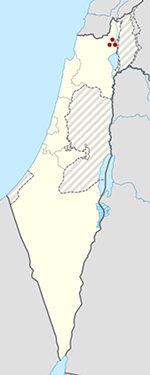
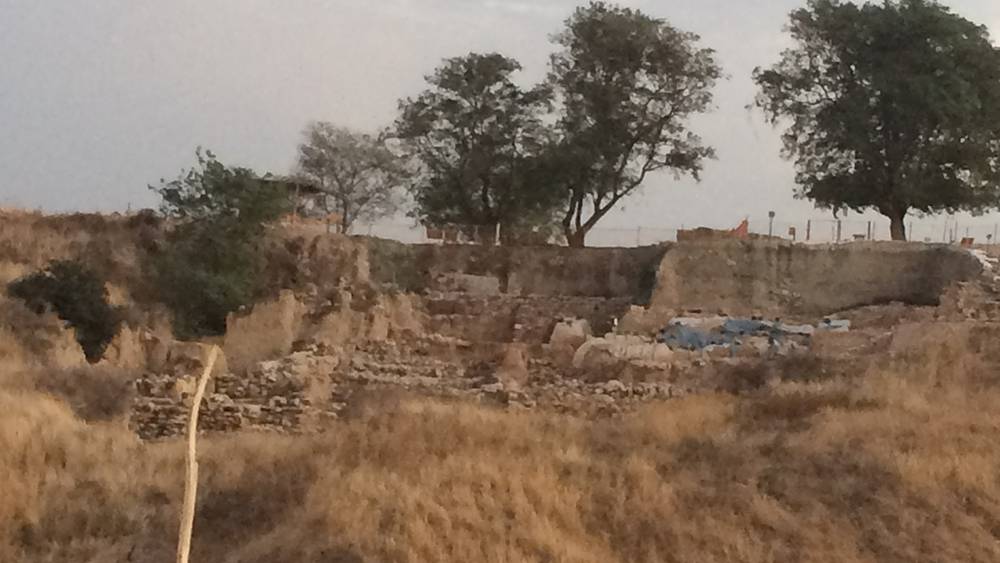
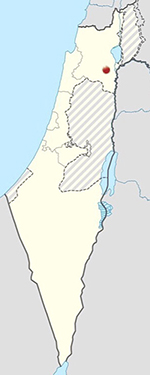
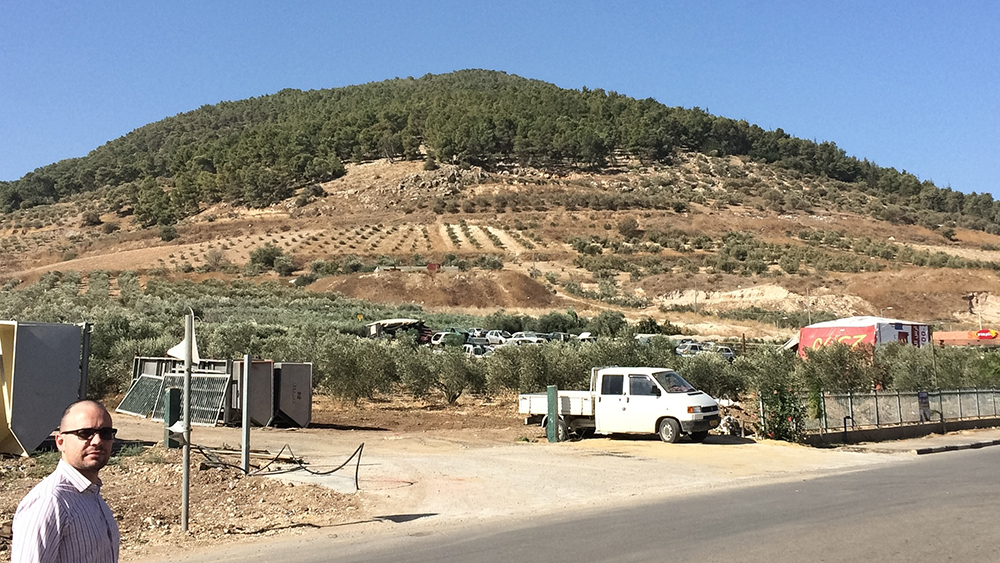
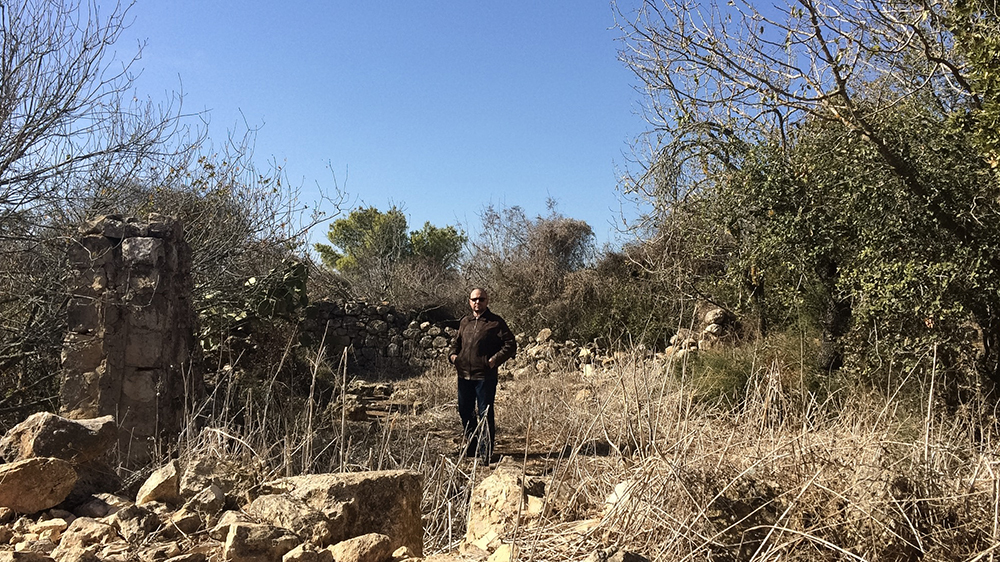
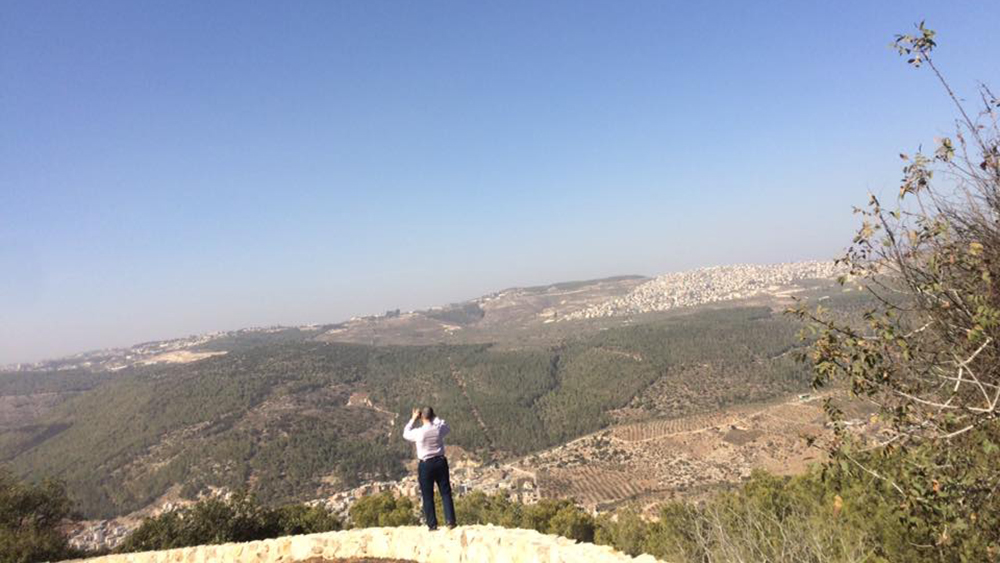
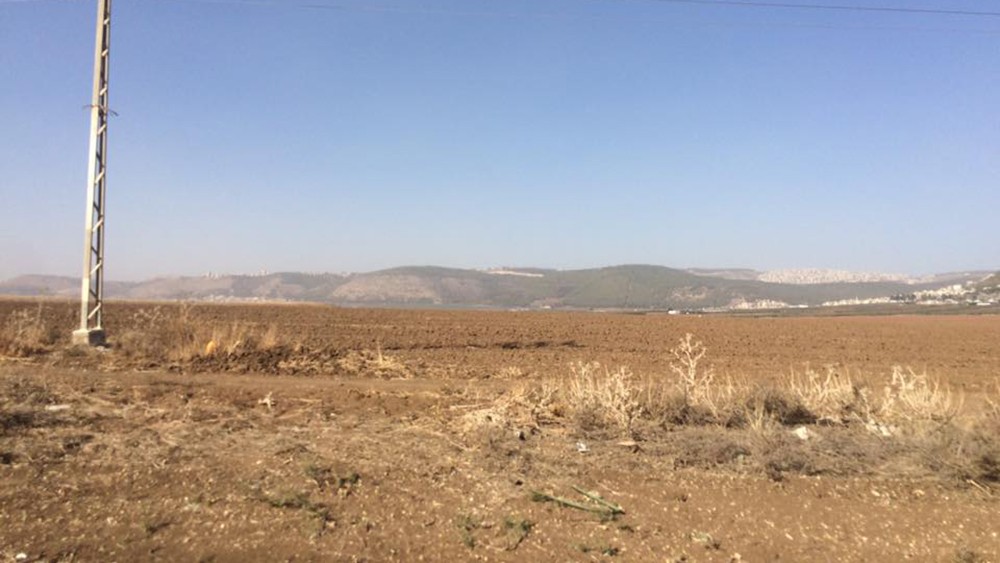
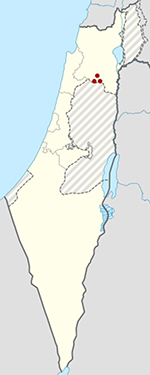
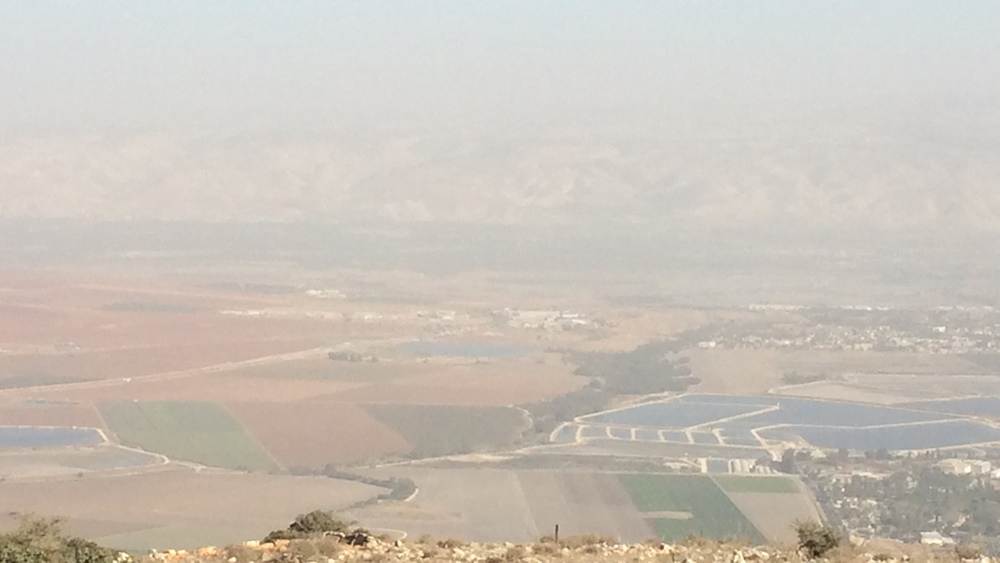
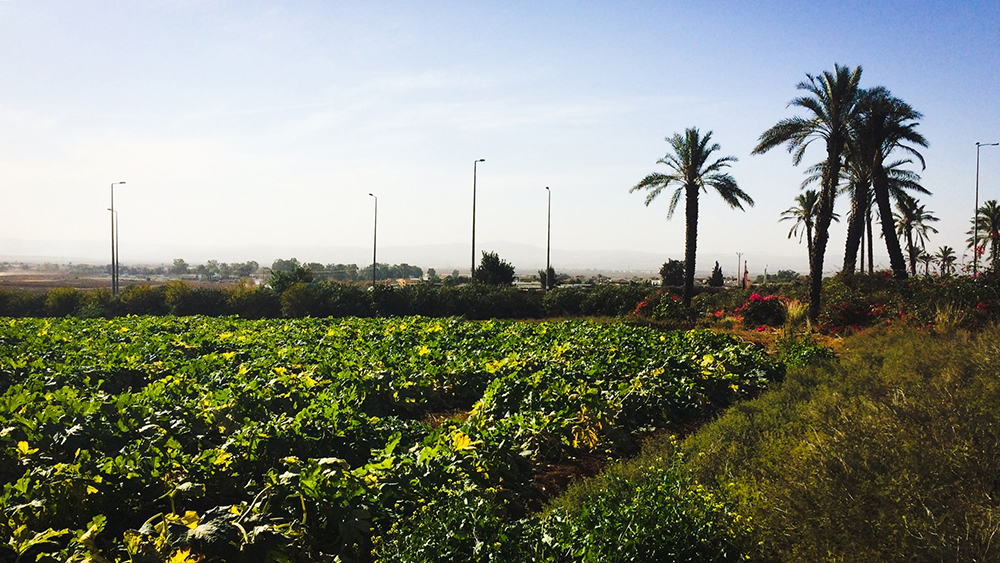
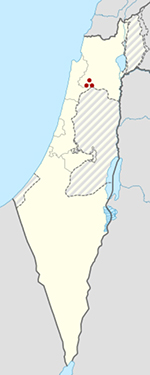
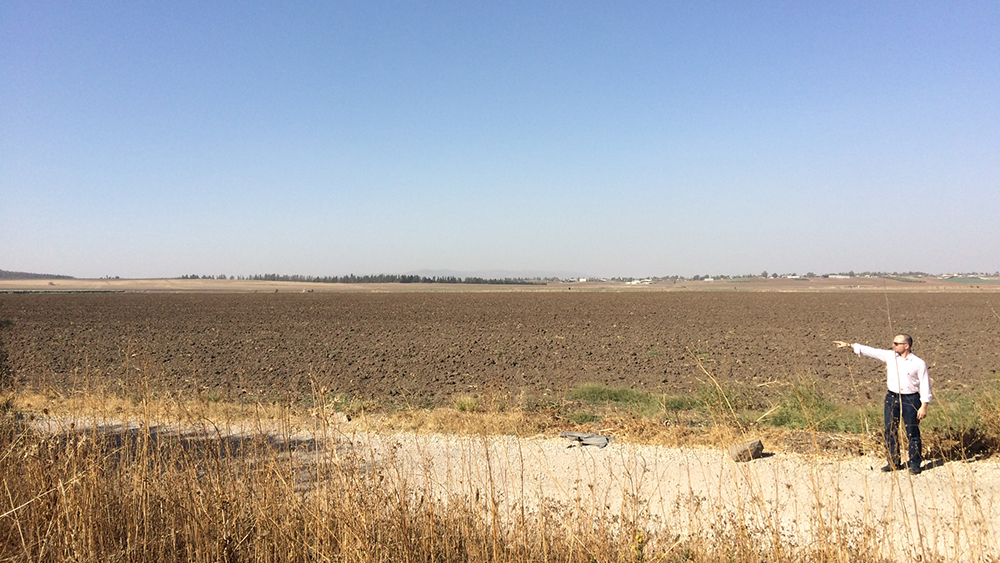
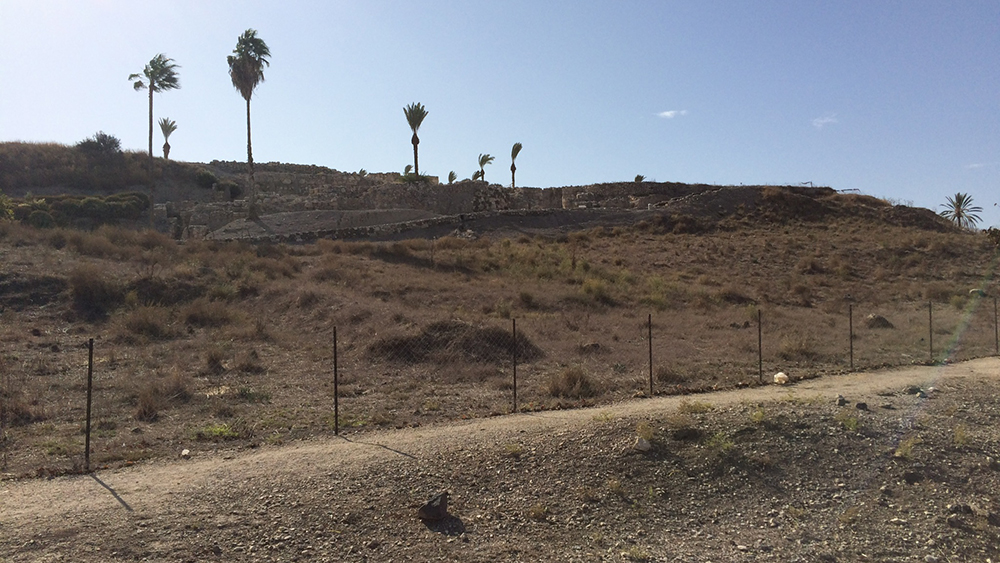
Bible Battles TIMELINE
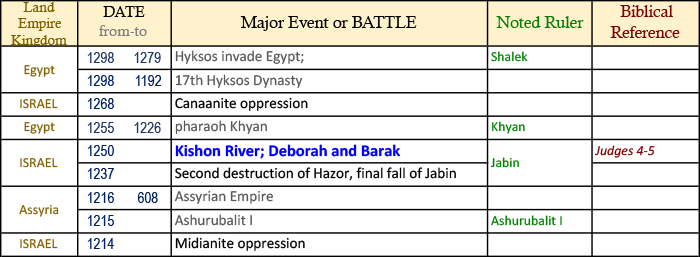
This world history timeline shows ancient calendars dates prior to 664 BC based on Rohl’s New Chronology. Why we chose this timeline? See summarized explanation in the Chronological Discrepancies chapter.
- Not to be confused with the earlier King Jabin of the Bible Battle of Waters of Merom.
- Sometimes historians assume that the same name relates to the same historical figure and then they tweak the timelines at an erroneous attempt at chronological reconciliation.
- This is the central Kedesh; not to be confused with the northern Kedesh near Hazor mentioned the Book of Joshua.
- Ps. 41:11, Trevor M Chase
